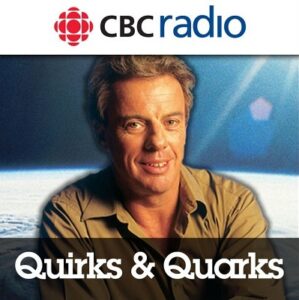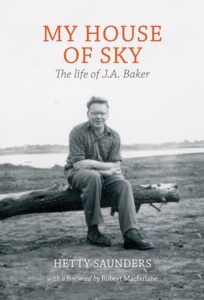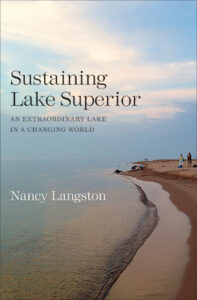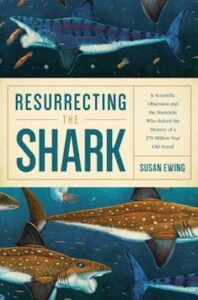Pained lobsters, monkey fight clubs, and the formidable tail-mounted weaponry of prehistoric animals – this week’s episode of CBC’s “Quirks & Quarks” with Bob McDonald has quite a lot of interesting natural history content in it.

Pained lobsters, monkey fight clubs, and the formidable tail-mounted weaponry of prehistoric animals – this week’s episode of CBC’s “Quirks & Quarks” with Bob McDonald has quite a lot of interesting natural history content in it.

When it comes to Twentieth Century classics of natural history, J.A. Baker’s brilliant memoir The Peregrine usually features prominently on any list. However as widely read and influential as Baker’s writings have been, the story of his own life – owing to his very reclusive nature – has been little known. Little known, that is, until the recent publication by Little Toller books of Hetty Saunder’s new biography of Baker titled My House of Sky.

It’s named Superior for a reason. The largest lake in the world, Lake Superior has a history as vast and deep as its seemingly endless waters. However not so very long ago, following unrestrained industrial pollution and natural resource exploitation, it was in a sorry state indeed. However unlike other similarly afflicted bodies of water around the globe, Lake Superior has, thanks to the diligent efforts of a large number of people and organizations dedicated to restoring its health, made a comeback.

Turning on the most recent edition of Steve Mirsky’s Scientific American podcast, I was delighted to discover that the entire episode was devoted to an interview with Susan Ewing and her recently published book from Pegasus Books titled “Resurrecting the Shark; A Scientific Obsession and the Mavericks Who Solved the Mystery of a 270-Million-Year-Old Fossil.”